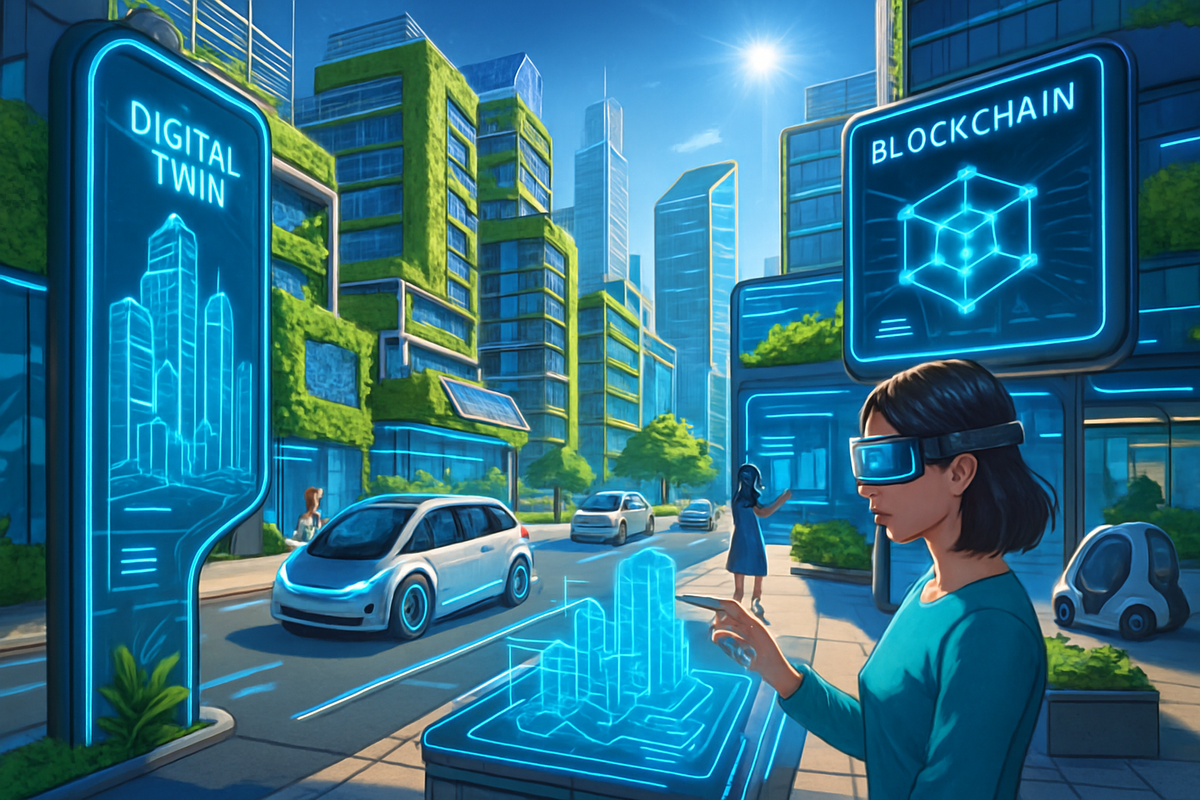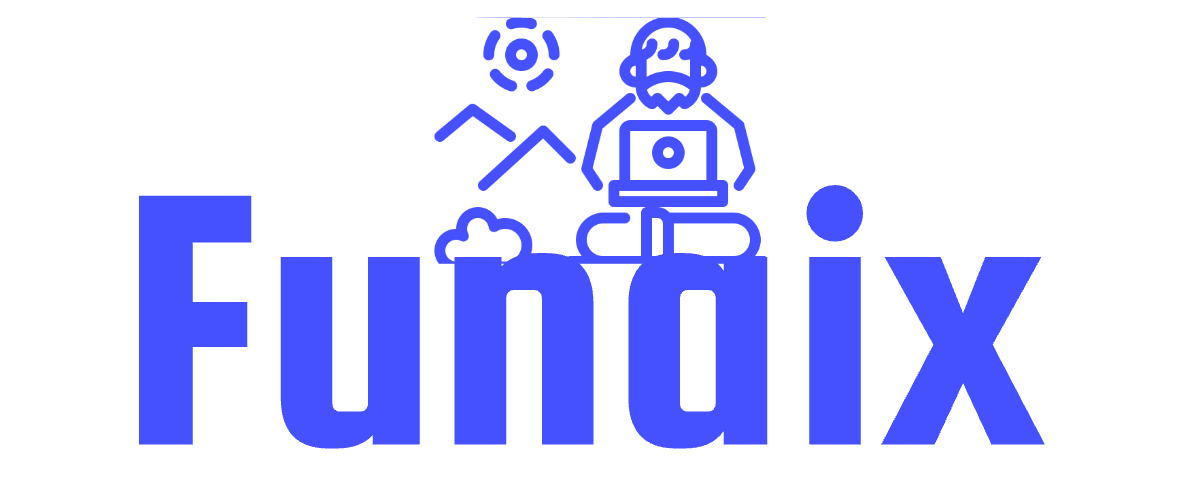How AI, Blockchain, and Digital Twins Are Converging to Build Resilient, Sustainable Cities (2025–2030)
Discover how AI, blockchain, and digital twins are reshaping cities into adaptive, secure, and sustainable marvels, transforming daily life into a seamless urban adventure fueled by technology.

Welcome to the Urban Future: Where AI, Blockchain & Digital Twins Collide
Imagine a city that predicts your needs before you even realize them, where your morning commute is always smooth, and your energy bill shrinks thanks to invisible algorithms working tirelessly in the background. Welcome to the convergence zone—where artificial intelligence (AI), blockchain, and digital twins aren’t just buzzwords, but the backbone of tomorrow’s resilient, sustainable cities.
"By 2030, smart cities will be less about gadgets and more about invisible, interconnected intelligence shaping every aspect of urban life."
Why This Convergence Matters: The Triple Threat to Urban Chaos
Separately, AI, blockchain, and digital twins are transforming cities. Together, they’re the secret sauce for cities that are not just smart, but truly adaptive, secure, and sustainable. Here’s what each brings to the table:
- AI: The brains—analyzing oceans of real-time data to optimize everything from traffic to energy use.
- Blockchain: The vault—locking down supply chains, digital identities, and city transactions with tamper-proof transparency.
- Digital Twins: The crystal ball—virtual replicas of cities, constantly updated to simulate, predict, and improve urban systems before anyone breaks a sweat (or a water main).
The Urban Symphony: How These Technologies Work Together
Let’s break down the magic. Picture a digital twin of your city—a living, breathing model fed by thousands of IoT sensors. AI crunches this data to optimize traffic lights, energy grids, and even waste collection. Meanwhile, blockchain ensures that every digital interaction—whether it’s a parking permit or a 3D-printed spare part for the subway—is verifiable and secure.
Case Study: San Sebastián’s Real-Time Urban Experience
In Spain, San Sebastián has already rolled out a platform where tourists and locals get live updates on attractions, parking, and transit. AI sorts the flood of data, digital twins simulate crowd flows, and blockchain secures sensitive info. The result? Fewer traffic jams, happier visitors, and a city that feels like it’s reading your mind (in a non-creepy way).
From Blueprint to Reality: Trends Shaping 2025–2030
- AI-Driven Energy Optimization: Cities like Amsterdam are using AI to analyze patterns across public buildings and neighborhoods. Digital twins simulate energy-saving scenarios, while blockchain tracks renewable energy credits for transparency. Some cities are already saving up to 20% on operational energy use—enough to power a fleet of food trucks (or, you know, schools and hospitals).
- Secure, Decentralized Supply Chains: In aerospace and automotive, blockchain is logging every step of a 3D-printed part’s journey—from digital design to installation. No more counterfeit parts, no more compliance headaches. For city planners, this means infrastructure is safer, audits are faster, and repairs are traceable down to the last bolt.
- Disaster Prediction & Rapid Response: AI and digital twins work together to model floods, fires, and traffic incidents in real time. Blockchain ensures that emergency alerts and resource allocations are transparent and trustworthy. Cities like Valencia are already using this tech to predict floods and keep citizens safe.
- Personalized Citizen & Tourist Engagement: With AI analyzing preferences and digital twins modeling crowds, cities can deliver hyper-personalized recommendations—think Google Maps, but for every aspect of city life. Blockchain keeps your digital identity secure while you enjoy the perks.
For City Leaders, Travelers, and Urbanites: How to Ride the Wave
- City Leaders: Start small. Pilot digital twins for traffic or energy, then layer in AI analytics. Use blockchain for supply chain transparency and citizen services. Collaborate with private partners—think Siemens, Honeywell, or your local tech startup.
- Travelers & Nomads: Look for cities with real-time digital services (bonus points if they use blockchain for secure digital IDs). Enjoy seamless transport, smarter recommendations, and safer urban experiences.
- Sustainability Advocates: Champion open data, ethical AI, and transparent urban governance. The next decade’s greenest cities will be built on trust, not just tech.
"Sustainable cities aren’t just about saving energy—they’re about building trust, resilience, and opportunity for all."
What’s Next? The Urban Adventure Awaits
As the lines between physical and digital blur, your city could soon anticipate your needs, protect your data, and even nudge you toward greener choices. It’s not sci-fi—it's the new urban normal, and the world’s most dynamic cities are already on the move.
Want to stay ahead of the smart city curve?
Subscribe for free at Funaix Insider and join our community of curious urban adventurers, city shapers, and digital nomads. Only subscribers can read and write comments—unlock your voice in the future of urban living. (Did we mention it’s free? For now!)
Published: August 21, 2025 — Stay curious, stay connected, and see you on the smart side of the city!




